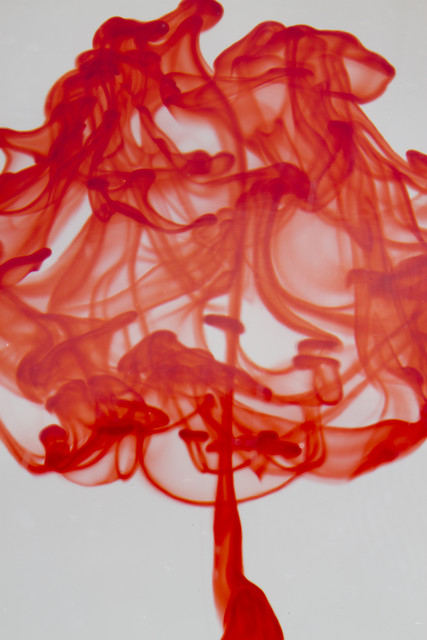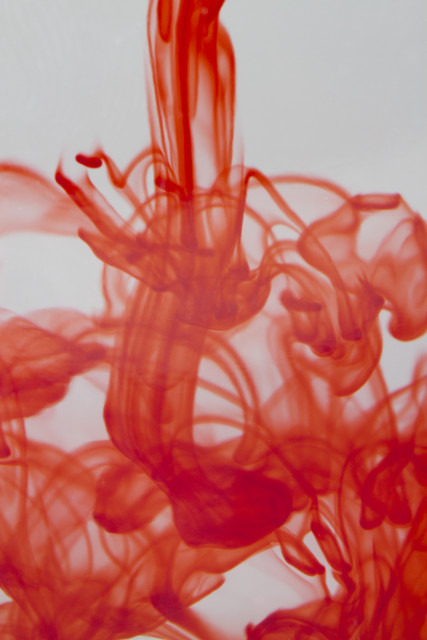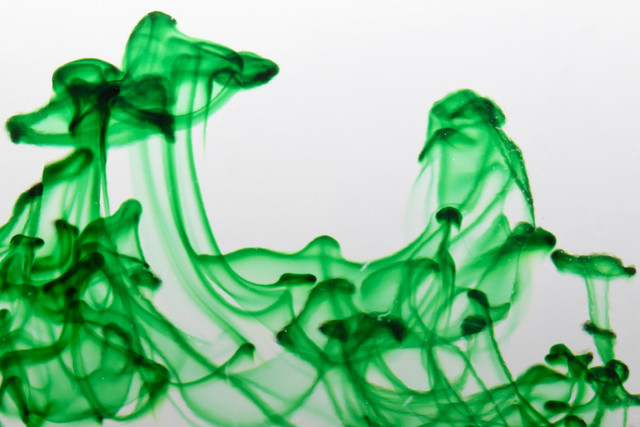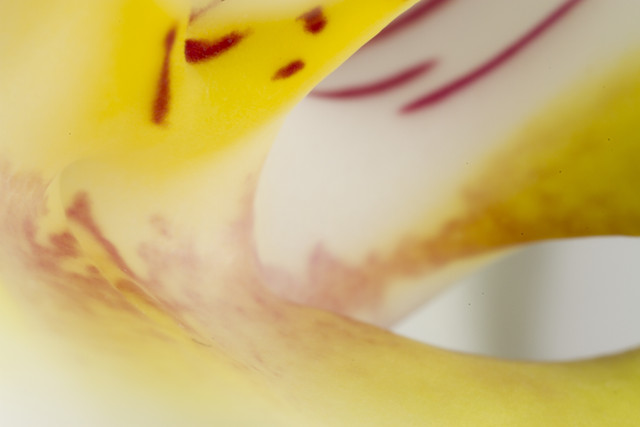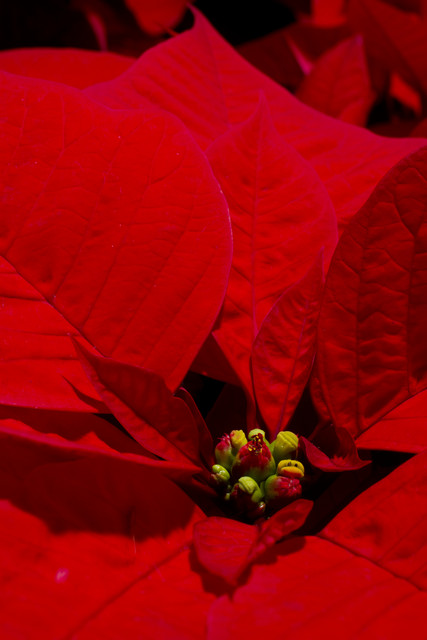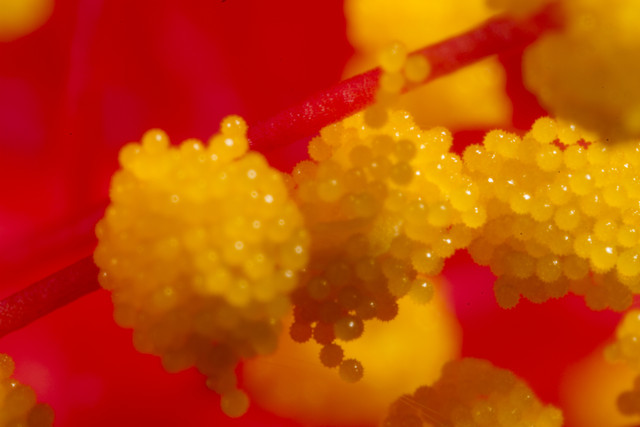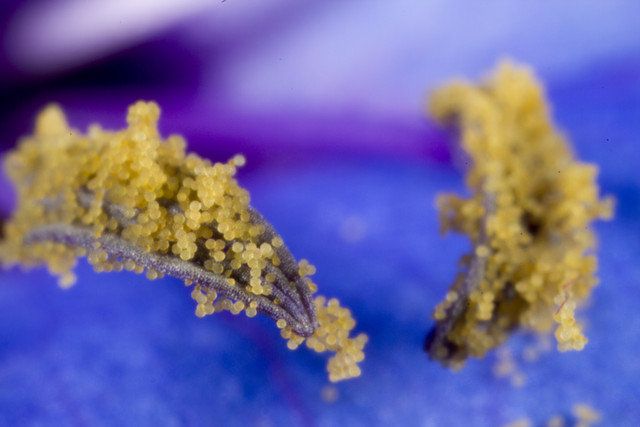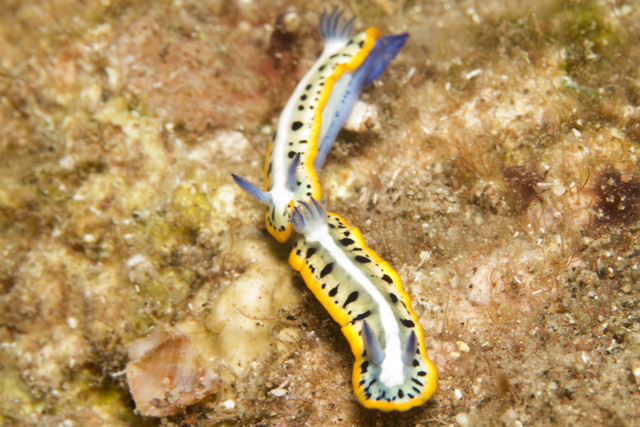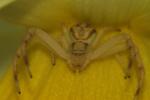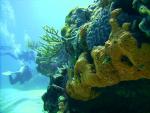Luca with FlashBender
ktuli — Mon, 01/23/2012 - 17:27
Anya bought me a Rogue FlashBender for Christmas, and I finally got around to trying it out the other day. In this case, the photography started with trying to capture a shot of the dogs chasing the laser pointer, but after several attempts, I decided it was something to table for later.
After running around, the dogs were laying around, and I decided to see what kinds of shots I could get of them. They continued to fidget, but I did get a couple keepers.
I used the FlashBender to act as a reflector to spread the light from the flash and soften it as well. This produced a nice even lighting over the whole portrait, while still producing a bit of a catch-light in Luca's eyes.
Technical Data: Canon EOS 7D, Canon EF 50mm f/1.8 II, 1/100 sec at f/2.8. Canon Speedlight 580EX II flash in auto mode. ISO 100. RAW processing and cropped in Adobe Camera Raw.
Such a cute pup!
- Bill
Faux Smoke (part 2)
ktuli — Sun, 01/22/2012 - 15:40
Here's a couple more of those faux smoke shots...
Technical Data: Canon EOS 7D, Canon EF 100mm f/2.8L Macro IS USM, 1/200 sec at f/22. Canon Speedlight 580EX II flash in auto mode and wireless control. Image Stabilization on. ISO 100. RAW processing and edits in Adobe Camera Raw (mouseover for original)
- Bill
Focal Length, Field of View, and Perspective
ktuli — Thu, 01/19/2012 - 20:41
If you've been following along (or checked the equipment list), you might have noticed that I now own four different macro lenses. You might also wonder why one would need that many different specialty lenses.
The answer is that each one provides a different focal length (35mm, 65mm, 100mm, and 180mm). While each one provides a different working distance to the subject, that causes different perspective, and also a different field of view. The field of view is basically the amount of the scene that is in the frame. Perspective can be thought of as the relationship of foreground elements to background elements.
 |
35mm |  |
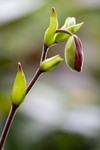 |
100mm |
Technical Data: Canon EOS 7D, Tokina AT-X M35 Pro DX AF 35mm f/2.8 Macro 1:1 and Canon EF 100mm f/2.8L Macro IS USM respectively, 1/30 and 1/80 sec respectively at f/2.8. ISO 100. RAW processing in Adobe Camera Raw
In this case, I kept my foreground subject almost identical in the frame, but if you look at the background, you can definitely tell a huge difference. Here, I used a wide aperture to get a shallow depth of field, so the background is pretty well blurred and full of soft bokeh.
However, if you look at the shapes of the background, you can definitely identify a couple major differences. First, the 100mm shot has a much less cluttered background because it has a much smaller field of view. Additionally, the perspective causes the background elements to appear much larger in the frame (and thus making them seem closer).
- Bill
Faux Smoke (part 1)
ktuli — Wed, 01/18/2012 - 17:35
Ok - I think we'll stick with the abstract stuff today.
A while back, I saw this video from Adorama:
I decided to keep things a bit simpler than Mark did. My setup (which I forgot to take a photo of) consisted of just a clear drinking glass inside our light tent with a single strobe. I used my 100mm macro lens to allow me to move in close enough to eliminate the edges of the glass.
What do you think of the results?
Technical Data: Canon EOS 7D, Canon EF 100mm f/2.8L Macro IS USM, 1/200 sec at f/22. Canon Speedlight 580EX II flash in auto mode and wireless control. Image Stabilization on. ISO 100. RAW processing and edits in Adobe Camera Raw (mouseover for original)
This one reminds me of an abstract painting of some bonsai. Regardless of what you see, I think the technique is pretty fun, and I'm sure I'll try it some more in the future.
- Bill.
Orchid Abstract
ktuli — Sun, 01/15/2012 - 21:58
One of the things that happen when you start working with macro photography is that you often lose perspective and cross over into a realm of abstract. Magnifying things we don't normally see, and some that we can't even see with the naked eye can certainly put someone in an unfamiliar, alien world.
To me, at least, that is part of the fun...
Technical Data: Canon EOS 7D, Canon MP-E 65mm f/2.8 1-5x Macro, 1/250 sec at f/16. Canon Macro Twin Lite MT-24EX in ETTL mode. ISO 100. RAW processing in Adobe Camera Raw.
Obviously, this is a very close-up shot of an orchid. The way the light from the flash and the intentional "over"-exposure produce an unworldly realm - almost like some glowing cave to my eyes - really seems to draw me into this photo.
- Bill
Super-macro Pointsetta
ktuli — Tue, 01/10/2012 - 21:42
At one point while trying out my new lens, I decided to take a series of shots with the different (albeit not all 5) magnification levels provided by the MP-E 65mm lens. In this case, I worked with the central flowering parts of a pointsetta....
Technical Data: Canon EOS 7D, Tokina AT-X M35 Pro DX AF 35mm f/2.8 Macro 1:1, 1/100 sec at f/16. Canon Speedlight 580EX II flash in auto mode and wireless control. ISO 100. RAW processing in Adobe Camera Raw. Phipps Conservatory, Pittsburgh, PA.
No - that photo is not a macro shot - I'm just providing it as a bit of reference. Some folks believe the red leaves (called bracts) are the flowering parts of the pointsetta - that's untrue. Some folks know that and believe that pointsettas simply don't have flowers - that too is untrue. What they actually have are fully male or female flowers (a single plant will have both), and they are contained in a cyathium - a flesh bulb similar to how a fig grows. So in the series below, we start with a 1:1 magnification of the cyathium cluster at the center of the plant, then move progressively to a 5:1 magnification of the (if I am getting my pointsetta anatomy correct) tops of the male flowers with the pollen.
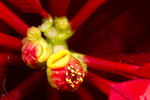 |
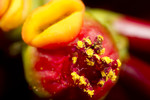 |
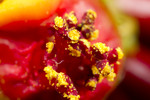 |
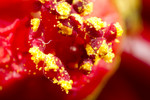 |
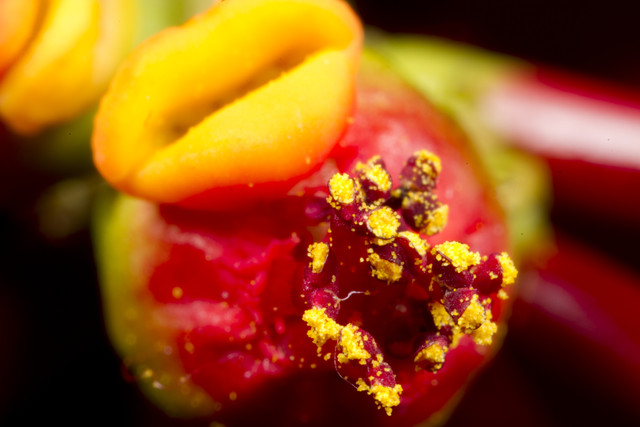 |
|||
Technical Data: Canon EOS 7D, Canon MP-E 65mm f/2.8 1-5x Macro, 1/250 sec at f/16. Canon Macro Twin Lite MT-24EX in ETTL mode. ISO 100. RAW processing in Adobe Camera Raw.
I think when dealing with this level of magnification, it is very easy to lose all sense of what it is you are looking at. Having the entire series of photos going through the magnification levels certainly helps to put things into a bit of perspective and provide some reference points to go on.
I'm really liking this new lens...
- Bill
More Grains of Pollen
ktuli — Sun, 01/08/2012 - 21:07
I really should be posting more often, but I'm still kind in lazy mode from the holidays. Today is my last day off before starting my new job (yay!), so maybe getting back to work will start getting me back into a routine and have more frequent posts again. For now, enjoy another shot of grains of pollen... this time on a hibiscus flower.
Technical Data: Canon EOS 7D, Canon MP-E 65mm f/2.8 1-5x Macro, 1/250 sec at f/16. Canon Macro Twin Lite MT-24EX in ETTL mode. ISO 100. RAW processing in Adobe Camera Raw.
I think the spiky ball shape on this pollen is pretty impressive. I may have to collect a series of flower pollen shots showcasing all of the different shapes they come in.
- Bill
Grains of Pollen
ktuli — Wed, 01/04/2012 - 08:36
I've taken some super macro photos of a pollen stamen before, but that was before I owned the Canon MP-E 65mm f/2.8 1-5x Macro lens.
This lens is a serious macro lens, and no other lens out there comes close to what it can do - which is to magnify things up to 5 times life size. Most true macro lenses will magnify up to life size (or 1:1), but the MP-E 65 can go way beyond that, allowing for magnification from life size (1:1) up to 5 times life size (5:1). I will get into more detail about that at a later date when I do a more thorough write-up of the lens, but for now that means you get to see what individual grains of pollen look like....
Technical Data: Canon EOS 7D, Canon MP-E 65mm f/2.8 1-5x Macro, 1/250 sec at f/16. Canon Macro Twin Lite MT-24EX in ETTL mode. ISO 100. RAW processing in Adobe Camera Raw.
Unfortunately, I did not record what magnification that shot was taken at, and I haven't figured out how to determine that after the fact yet. Regardless, that's still a highly magnified view of pollen - my guess is somewhere between 3-5x life size (probably closer to 5).
Stay tuned for more super macro photos...
- Bill
Caribbean Explorer: Reef Camouflage
ktuli — Mon, 12/12/2011 - 22:04
Sometimes, you have to look twice to see a fish on the reef... sometimes you have to look twice to see the fish in the photo as well.
This little guy is a Saddled Blenny (Malacoctenus triangulatus), and that camouflage is absolutely perfect for hiding this small - about two inch - fish from predators on the reef.
Technical Data: Canon EOS 7D, Canon EF 100mm f/2.8L Macro IS USM, 1/120th sec at f/16. Image Stabilization on. ISO 200. Ikelite Housing and Port with Ikelite 161 Strobe in TTL Mode. Raw conversion in Photoshop CS5.
I know it isn't quite a "Where's Waldo?" photo, but it sure is close...
- Bill
Caribbean Explorer: More Purple-Crowned Sea Goddess Nudis
ktuli — Thu, 12/08/2011 - 20:38
I've been lazy recently - both with taking photos as well as posting photos. So, here's at least a new post here.
Technical Data: Canon EOS 7D, Canon EF 100mm f/2.8L Macro IS USM, 1/120th sec at f/16. Image Stabilization on. ISO 100. Ikelite Housing and Port with Ikelite 161 Strobe in TTL Mode. Raw conversion in Photoshop CS5.
- Bill


